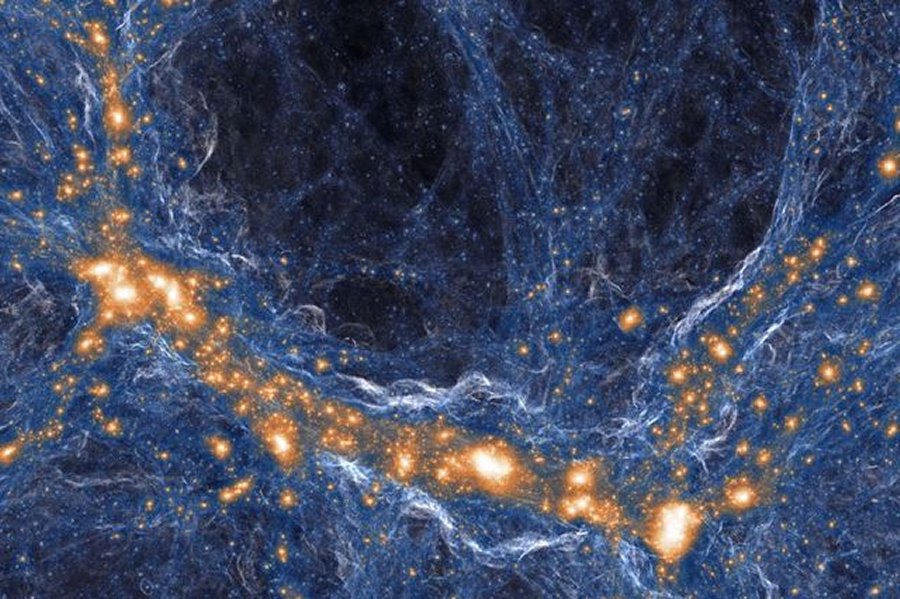MessageToEagle.com – Astronomers have solved a mystery about the early universe and its first galaxies.
Astronomers have known that more than 12 billion years ago, about 1 billion years after the Big Bang, the gas in deep space was, on average, much more opaque than it is now in some regions, although the opacity varied widely from place to place.
However, it wasn’t known what caused those variations.

Now, astronomers from University of California and UCLA used the Subaru telescope on Mauna Kea in Hawaii, to search for galaxies of young stars in an exceptionally large region of space—500 million light-years across—where they knew the intergalactic gas was extremely opaque.
If the region had an unusually small number of galaxies, the scientists would be able to conclude that starlight could not penetrate as far as expected through the intergalactic gas; if it had an unusually large number of galaxies, the implication would be that the region had cooled significantly over the previous several hundred million years.
“It was a rare case in astronomy where two competing models, both of which were compelling in their own way, offered precisely opposite predictions, and we were lucky that those predictions were testable,” said Steven Furlanetto, a UCLA professor of astronomy and a co-author of the research.
The researchers found that region contains far fewer galaxies than expected—clear evidence that starlight could not get through. The paucity of galaxies could be the reason this region is so opaque.
“It is not that the opacity is a cause of the lack of galaxies,” Furlanetto said. “Instead, it’s the other way around.”
They concluded that because the gas in deep space is kept transparent by ultraviolet light from galaxies, fewer nearby galaxies might make it murkier.
In the first billion years after the Big Bang, ultraviolet light from the first galaxies filled the universe with gas in deep space. This would have occurred earlier in regions with more galaxies, the astronomers concluded.
The astronomers plan to further study whether the void and others like it will reveal clues about how the first generations of galaxies illuminated the universe during that early period.
MessageToEagle.com






